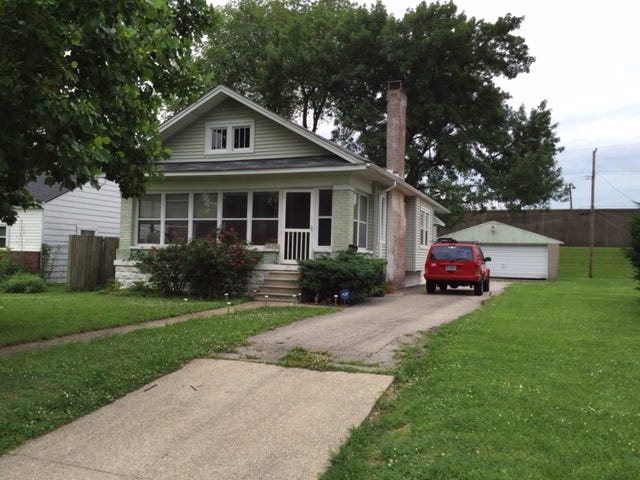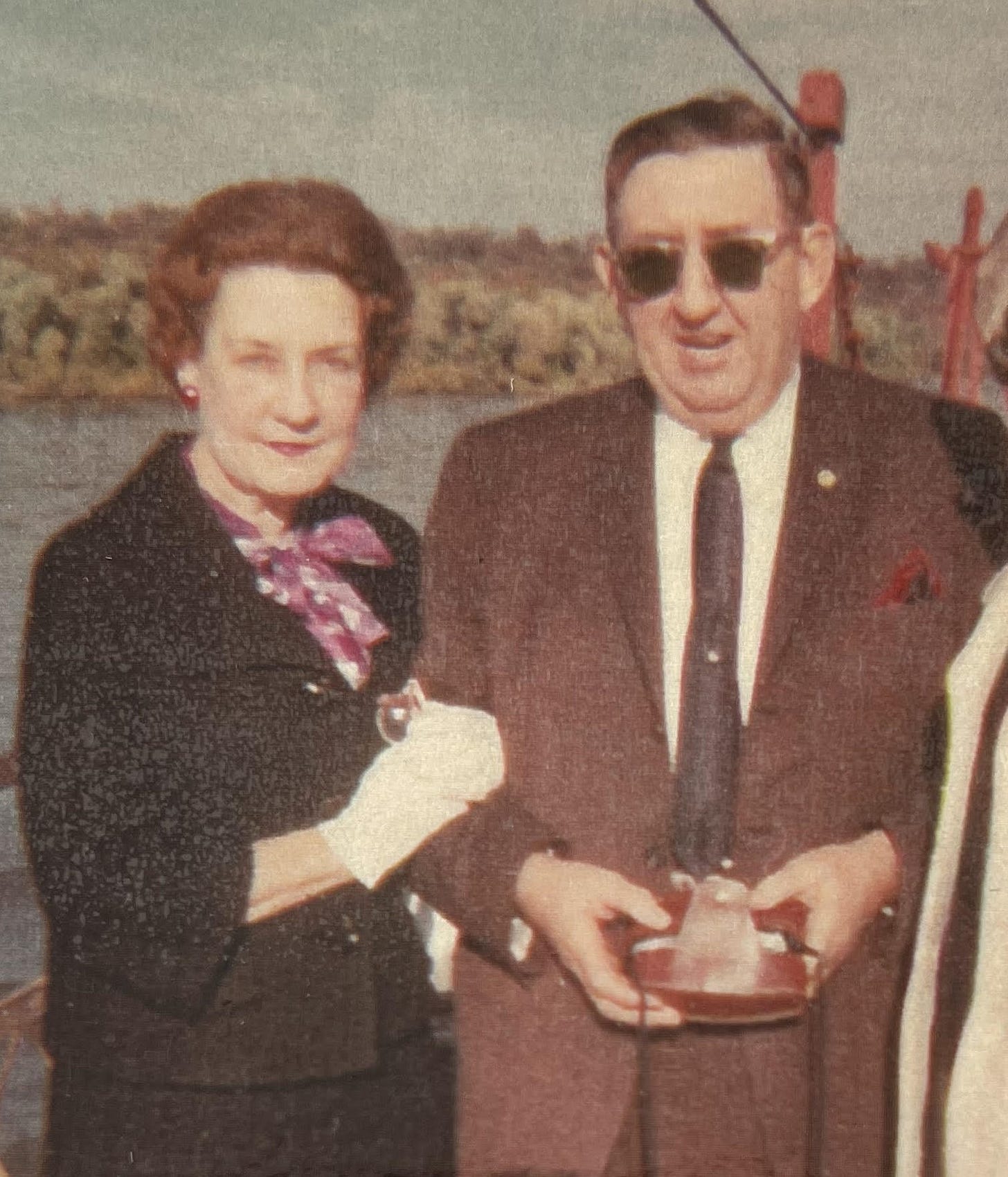
JEFFERSONVILLE, INDIANA — Charles Field awoke to the sound of rain. There were four inches of water in his basement at 510 East Market Street. The water was seeping through the basement walls.
“It was raining when we got up and had apparently been raining most of the night,” he wrote in his diary.
Born in 1904 in Jeffersonville, Charles Worden Field was 32. Family and friends called him “Chic.” His father, Worden Field, died when he was 4. His mother, Nellie, had remarried and lived in Jeffersonville. A younger brother, John, lived across the river in Louisville.
Chic was average height and a little chubby, recalled his nephew, Ralph Sagebiel. He had dark hair and a fair complexion. Chic was one of the backyard basketball players at the Sagebiel house across the street. He shot underhanded, which was common at the time.
A year younger, his wife, Evelyn, was trim and attractive, and always well dressed. She was regal in Chic’s eyes, and he went to any length to make sure she knew it.
Evelyn was “absolutely the queen,” remembered Ralph. “No one could treat anyone better than he treated [Aunt Evelyn].” She was lively but not loud, “pretty quiet,” he said. “A nice person.”
There were no children in the Fields’ house. Married in May 1928, Chic and Evelyn had each other. It was all they wanted.
Evelyn was a Sagebiel before she married Chic. Her parents and three of her siblings lived across the street at 521 East Market Street, as did her nephews Ralph and Bruce, the baby born in early December. Evelyn had lived across the street, too, prior to her marriage.
This was the type of day that Ralph would have been stopped at his aunt’s door to remove his wet shoes. Evelyn kept a neat house. Runners protected the floors and carpets. Everything was in its place.
The Fields rented the small gray clapboard house. There was a detached garage. It was nice, as Ralph recalled. “He took care of whatever he had.”
The only thing that shielded the Fields from the Ohio River was the earthen levee, which, bordering their backyard, sloped to a height of about 10 feet.
Jeffersonville resident Walter Rauth later described the man-made barrier:
[It was] an old landfill levee that started or extended from the river front above Watt Street near what would be Meigs Avenue over at the river. This levee extended northwardly across East Market Street for about one-half block toward Chestnut, and it extended eastwardly to the east end of Jeff, which was really out of the flood district.
This morning Chic walked two blocks west to the corner of East Market and Walnut streets. On the northwest corner stood St. Paul’s Episcopal Church, a large stone structure with double red doors. His own church, First Presbyterian, was a block from where he stood.
Chic looked down and saw a foot of water in the streets. “All pumps were going,” he noted.
The Evening News reported, “The pumps installed by the Board of Works to relieve the sewers, when the flood gates were closed, pumped constantly today.”
In fact, the city was pumping water over the levee in several places. They used gas-powered pumps. At least one of them looked like a small tractor minus wheels and a seat.
The Board of Works asked citizens to cut back on water to relieve pressure on the closed outlets. Whether or not it made a difference, the pumps were not keeping up with the water collecting in the streets.
Formerly a long-haul truck driver and salesman in the radio industry, Chic headed to work at Belknap Hardware and Manufacturing Company, located across the river in downtown Louisville. But his mind never left home. He returned at noon to check on the house.
Chic wrote:
John Faust and Paul Finlay brought me over in Paul’s car. The water was several feet deep at Market and Walnut streets and about 1 foot deep in front of our home. Went in the house and found about 1 foot of water in the basement with a prospect of a lot more.
Chic recruited his brother-in-law, Bill Sagebiel, and a friend, Kenny Straw, to help move items up from the basement. The rain stopped at 1 p.m. An hour later it started again, “a regular downpour,” in Chic’s words.
The Board of Works planned to place sandbags in the catch-basins of the main sewer outlets. The goal was to keep rainwater in the streets and out of cellars and basements.
But it was too late for the Fields, whose small house beside the levee, threatened on every side, was filling up with water.
Read or listen to the introduction to The 1937 Flood Journal or access the archives for the full chronology and anything you’ve missed.
My Family in the Story
Charles “Chic” Field, great uncle
Evelyn Sagebiel Field, great aunt
Ralph Sagebiel, father
Bruce Sagebiel, uncle
William “Bill” Sagebiel, great uncle
FRIED BOLOGNA: Family Stories from the American Midwest and Upland South Join me for stories about my ancestors who lived, worked and traveled in the hills and along the rivers of Arkansas, Illinois, Indiana, Iowa, Missouri and beyond.






